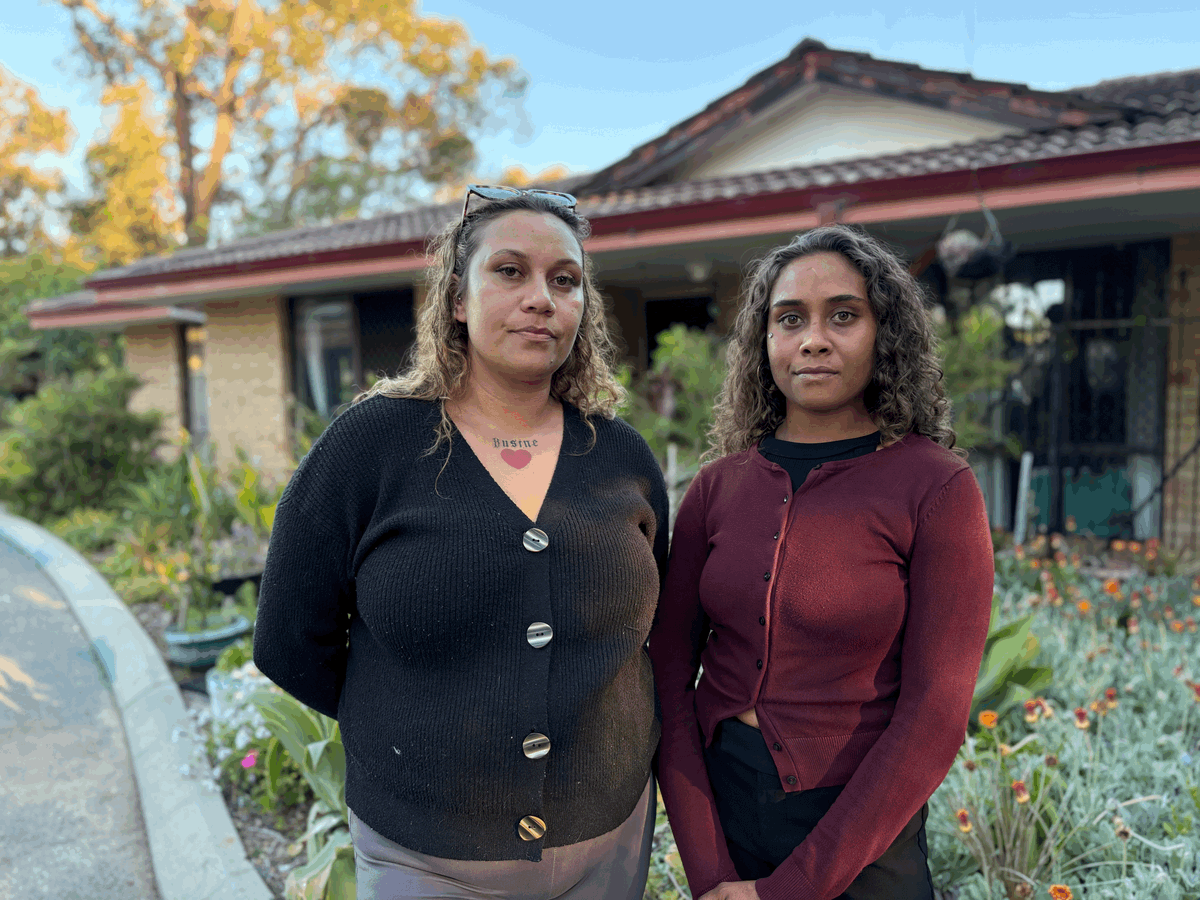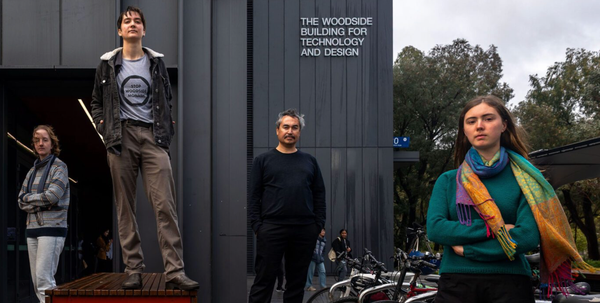"Her happy place"
Housing isn't fungible, and nor are the families that live in it.

In the past eight years, more than 3200 families have been evicted from public housing in Western Australia. Incredibly, more than half are Aboriginal. The rate has reduced since a pre-COVID average of more than 600 evictions per year, but it still means that more than 400 children have been evicted each year under the current Labor government. But the evictions recorded in these figures are not the only way that families can be forced from their homes and onto the street.
Lisa had been homeless for eight years before she finally secured public housing a couple of years ago, in a quiet complex next to a park south of Perth. Grass trees and eucalypts press up against the fence of the property, and the leafy environs are matched by the small garden surrounding the property. Lisa loved her house, and according to her daughters spent every day tending to her garden.
“This was her happy place, especially in the garden,” her daughter Miranda told me recently. “It was a daily routine for her. She’d talk to her plants.”
Lisa passed away recently, at the age of just 52. A large pile of soil is still in the driveway, ready for more planting next to the lush and flourishing garden beds at the front of the property. After years on the streets with her children, it is immediately visible how much she invested in the home she finally found.
“Her home was all she had, and she loved her home,” said Miranda, who now has young children of her own. “It's home for us, because we haven't had that. This has been our first one, so we're hoping to be able to keep that what she had been.”
That is far from assured, however. Shortly after Lisa’s death last month, the Department of Housing called Miranda. “They just asked me, ‘When will you be able to have Lisa's things removed from the home?’” Miranda recounted. When I asked her how that conversation made her feel, she was initially unable to speak, before continuing through tears.
“I felt like it was just culturally inappropriate. Firstly, have a little bit of respect and self dignity, not only for yourself, but for a human that passed in this home and then - I kind of feel like it was a little bit heartless.”
The family is Aboriginal. “Culturally, we don’t touch things for over a year [after someone passes],” Lisa’s youngest daughter Shelley explained.
Shelley had been living with her mum at the property. “There was never a time where the house wasn't smelling like cupcakes or cakes,” she told me. More recently, Miranda and her children had moved in too after fleeing domestic violence. The future for Lisa’s children and grandchildren is now highly uncertain.
In response to questions, the Department of Housing said they were sympathetic to those who had lost a loved one.
“There is a process for households to apply to be considered for the succession of a tenancy, however there is no automatic right,” a spokesperson said. "To date, DHW has not received an application for succession of the tenancy."
In response to a video posted to The Last Place on Earth social media accounts earlier this month, neighbours reached out to say what a joy it had been to watch Lisa transform her garden from plain yellow sand in the time she had lived there.
But other commenters pointed to the extended wait time for public housing and questioned why Lisa’s daughters should get priority over tens of thousands of other families. To answer this I think you only have to see her garden. This was a family home that Lisa created for her children, out of the bare suburban ground. Housing is not a fungible commodity, and nor are the families that live in it. Lisa poured herself into this house, her pride and joy. To remove it from her family would force her young grandchildren back into the shock and stress of homelessness, a cycle that her family only recently escaped. Beyond this, it would sever a connection that honours what she managed to build, in spite of all the challenges and tragedies in her life cut short.
“We're anxiously waiting to see if we can keep the part that she created for us,” says Miranda. “We hope to continue calling it home, because without this, we would have nothing - and we literally would have nothing.”
“Just be able to live in it with her, not physically, but knowing that her garden's here and we can water it.”





